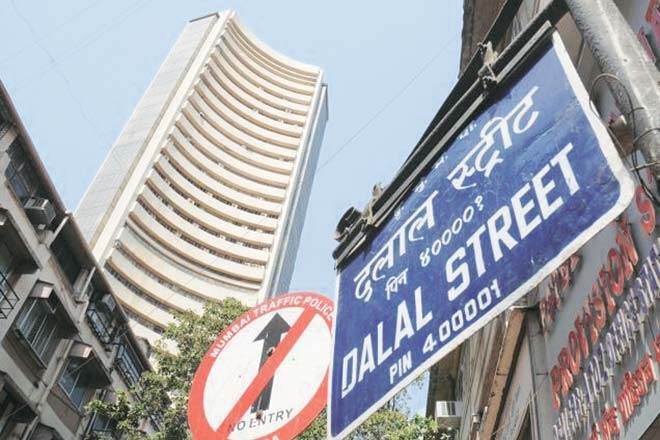
The BSE Sensex has gained 56% since May 2014, when the Narendra Modi-led National Democratic Alliance (NDA) came to power after defeating the United Progressive Alliance (UPA) in the general election. Sensex's CAGR of 9.37% during the Narendra Modi government is much lower compared to the return during past governments.
According to a report in the Economic Times, the best phase for Sensex in the last two decade was between 2004 to 2009 with Manmohan Singh as the prime minister when the Sensex gained 180%, a CAGR of 22.9%. During that phase, markets rallied on the back of record economic growth and corporate earnings growth. Even, in the second term of UPA govt, between 2009-2014, the Sensex returned 77.98% or 12.22% every year.
However, market experts argue that the Sensex' performance during the last five years does not capture the gains from September 2013 to May 2014, when the index rallied 32% on expectations of Modi-led NDA coming to power. Fund managers also argue that, during the second term of the Congress-led UPA government Indian economy went through widening fiscal deficit and current account deficit, resulting in the rupee plunging and India being clubbed in the Fragile Five. This situation reversed with the appointment of Raghuram Rajan as the Reserve Bank of India (RBI) governor and strengthened on the hopes of Modi being elected as the next Prime Minister.
But during the last five years, markets were driven by strong inflows from domestic investors, who shifted from real estate and gold to equities. Real estate and gold underperformed during the last five years due to the government's crackdown on illicit wealth and lower inflation. Domestic investors participated in the market through mutual fund schemes and portfolio management schemes (PMS), which pumped in Rs 3.85 lakh crore into equity markets. Foreign investors, on the other hand, bought shares worth Rs 2.11 lakh crore.
The record flows from retail investors drove stocks to all-time highs and helped mask the absence of corporate earnings growth and a slowdown in the economy induced by demonetisation in November 2016 and the rollout of the goods and services tax (GST) in July 2017.
“Corporate earnings growth has been muted in the last five years though valuations have gone up significantly in the hope of earnings recovery,” Raamdeo Agarwal, joint managing director of Motilal Oswal Financial Services said.
The average earnings per share (EPS) of the 50-share Nifty, which stayed between Rs 369 and Rs 388 per share in the 2014-2017 period, has inched up to Rs 409 in 2019. Fund managers and brokers said that Nifty earnings could rise next year but that will be because of the recovery among lenders.
“Investors have been patient so far because global conditions have been conducive. At some point, investors will certainly ask what they are paying for but that will be because of a global phenomenon,” a senior fund manager at a large mutual fund told the publication.
Fund managers said assessing stock market performance under the current government should be done keeping economic realities in mind. “The economy in the last five years is like a house under repair,” said Nilesh Shah, managing director, Kotak Mutual Fund. “Our banking system has been repaired, inflation has been controlled, tax compliance has improved and a path of fiscal prudence has been adopted. All these steps have short-term pain but long-term gain.”
Shah said stock market returns should be compared on a real basis and not a nominal one. The real rate of return is that after adjusting for inflation.
“Inflation is down from double digits to single digits in the last five years. Real returns on the Sensex are higher than what nominal return suggests,” he said.


.jpeg)

